‘The Woman In Black’ and the Weapon of Existence [Fatal Femmes]

Is there any character so taboo as a murderous mother? A woman who once created life, but now takes it away? Members of the so-called “gentler sex” are supposed to be natural caregivers, existing only to serve and protect the most vulnerable among us. And what of a mother who kills children? The idea of a woman snuffing out the lives of helpless adolescents is not only horrifying, it goes against our understanding of the natural world. In James Watkins’s 2012 film The Woman in Black, the mere appearance of such a villain is enough to spark misery and death.
Brought to hideous life by Liz White, the Woman in Black lurks in the shadows, waiting to reach out and snatch a child. But why do we find this woman so unnerving? Is it her dour attire, her painful scream, or her very existence that hints at a destabilized world? Watkins plays with gothic imagery and fear of the dark in this extraordinarily creepy film, but the story’s true terror lies in a repressive patriarchy that makes victims of us all.
Her Story
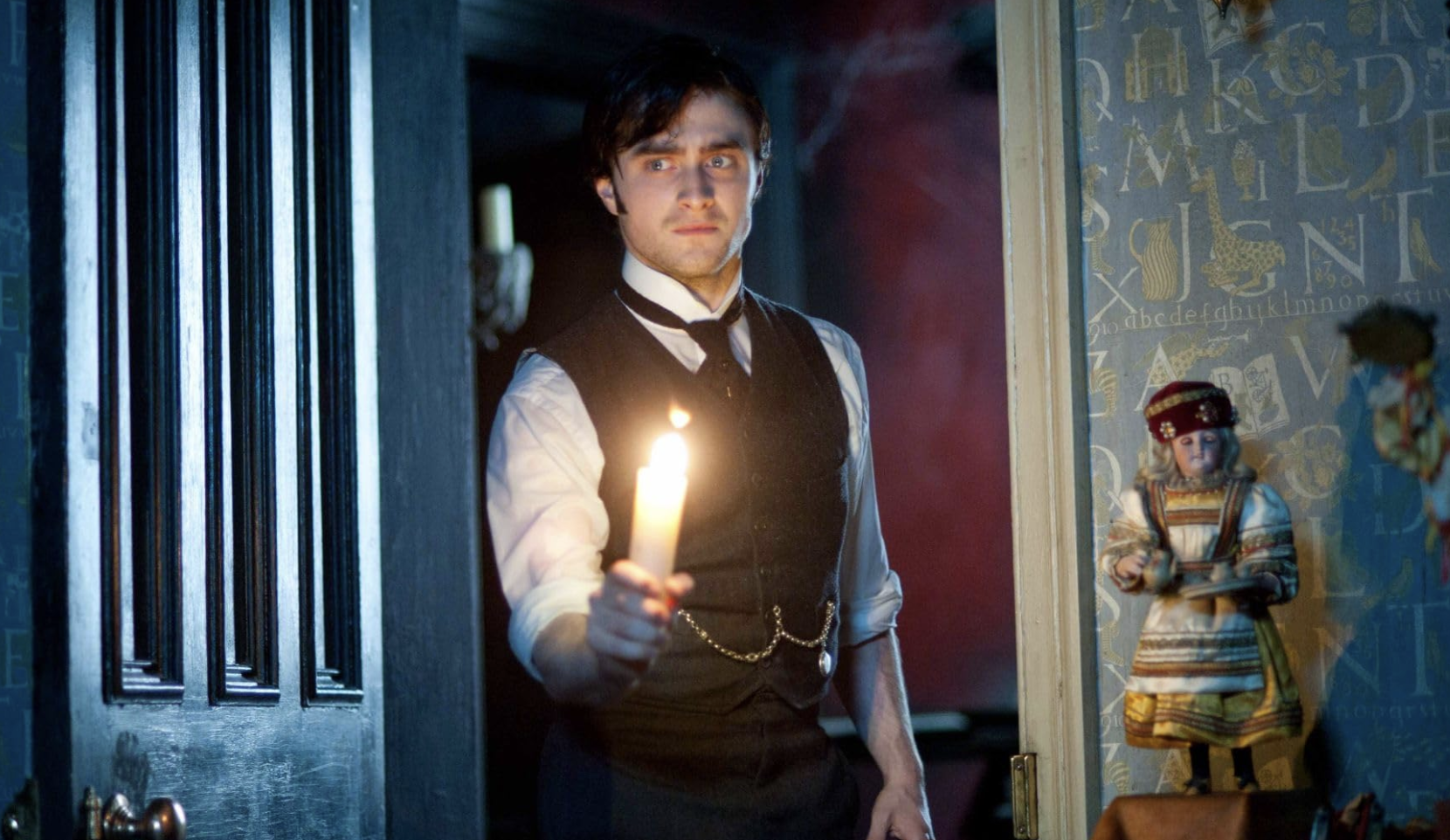
Though she is the story’s main villain, the Woman in Black does not reveal herself until midway through the film. Instead, we’re introduced to her story through the eyes of a man. Arthur Kipps (Daniel Radcliffe) is a young father and solicitor struggling to move on from the recent death of his wife. With his job on the rocks, Arthur travels to Crythin Gifford, a tiny village on the northern coast of England to settle affairs for the recently deceased Mrs. Alice Drablow (Alisa Khazanova). He arrives to a cold shoulder from the residents who not-so-subtly try to drive him from town. When Arthur finally makes it to Eel Marsh House, he finds a lavish estate that has fallen into ruin. Mud flows from the faucets, cobwebs cover the walls, and a sinister presence lurks in dark corners.
As Arthur digs through endless piles of letters and documents, he’s distracted by knocking from the second floor. Rushing upstairs, he finds nothing more than a mother crow nesting in the abandoned nursery but notices an eerie presence outside the window. Standing in the overgrown cemetery is a solitary woman dressed in black. With heavy veils covering her face, she appears to be deep in mourning and vanishes the instant Arthur averts his eyes.
After first glimpsing the Woman in Black, the frightened solicitor is immediately confronted with a more terrifying vision. As he dashes out to the cemetery to locate this mysterious woman, he hears the unmistakable sound of a carriage crash. Stumbling through the misty marshland, Arthur sees a young boy trapped in the vehicle as it slowly sinks into the mud. With a child’s dying screams still ringing in his ears, Arthur rushes back to town to report the collision. His claims are summarily dismissed by an ineffectual constable who informs him that the only known crash on the marshes happened decades ago. An ominous cross now marks the site, protruding from the mud outside the Eel Marsh House gates.
As if these traumatic visions weren’t taxing enough, Arthur is next approached by a trio of children. With the constable nowhere in sight, an older brother begs for help as his sister begins to cough up blood. The poor little girl has swallowed lye and dies in the arms of this frightened stranger. These upsetting events will soon fit together into a larger pattern, indicating that the Woman in Black has struck again.
Her Motive
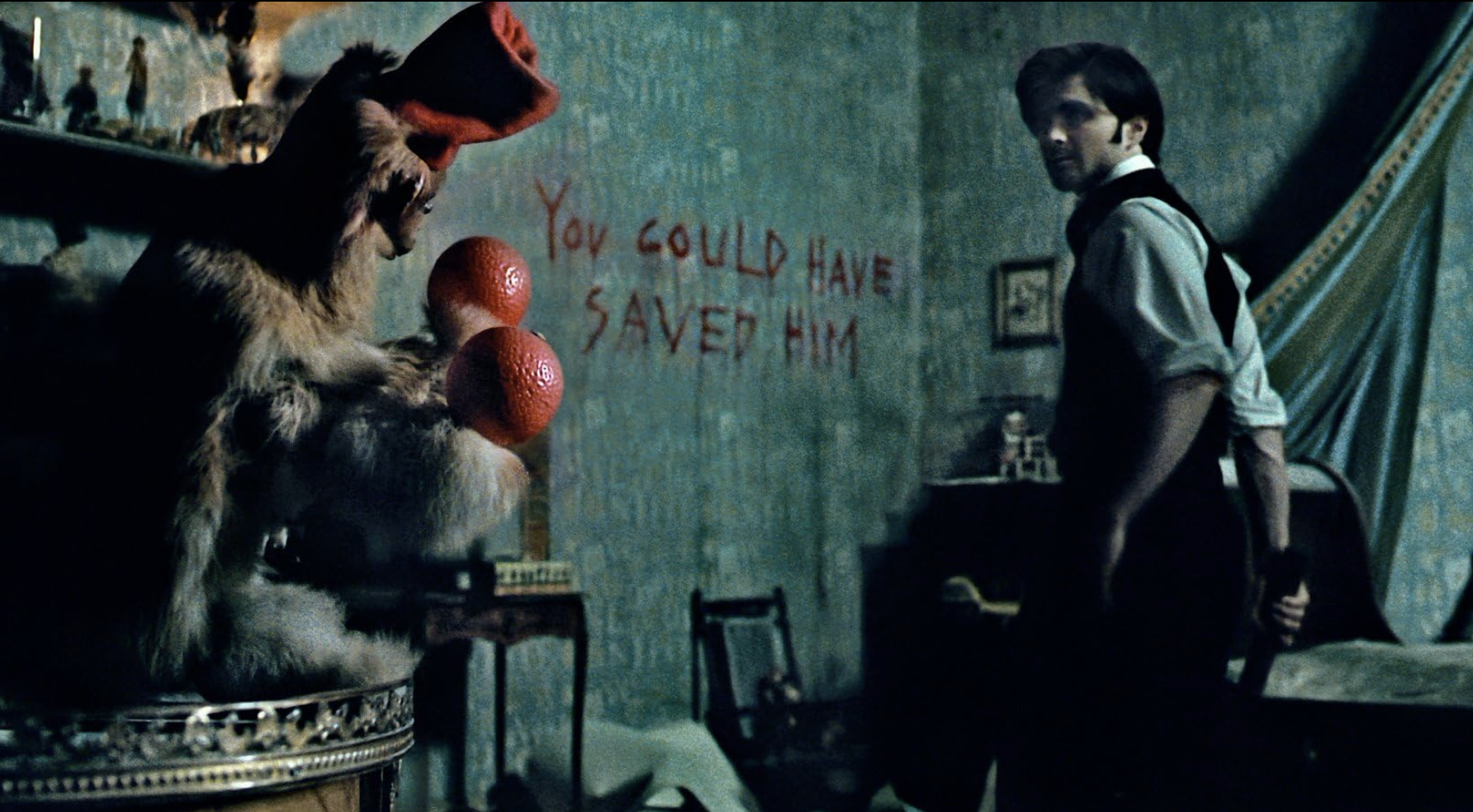
As Arthur sifts through Mrs. Drablow’s scattered papers, he begins to piece together the tragic tale. The Woman in Black is the ghost of Jennet Humfrye (White), Mrs. Drablow’s sister and the miscreant of this wealthy family. Despite her patriarchal upbringing, Jennet had a baby out of wedlock, a shocking breach of early 20th-century norms. Hoping to avoid a scandal, Alice had her sister declared mentally unwell and adopted her son Nathaniel (Ashley Foster) to raise as her own. With all systems working against her, Jennet tried for years to reconnect with her son and sent a barrage of angry letters to her calculated sister. But Jennet would never again get to see her beloved child.
Adding insult to injury, Alice’s care for Nathaniel could be considered callous at best. Not only was he the victim of that long-ago carriage accident, but his body was never recovered and still lies submerged in the unforgiving mud. Alice blamed her sister for his death and scrawled “You could have saved him” on the walls of his empty nursery. Consumed with grief, Jennet hanged herself from the room’s rafters, leaving a residue of rage that echoes through the estate. She still haunts the grounds of Eel Marsh House, appearing near her own grave and playing with some of Nathaniel’s old toys. Each sighting of her grief-stricken face causes the violent death of another Crythin Gifford child. A ghostly message from one of her victims explains, “They took her boy away, so now she takes us.”
Her Victims
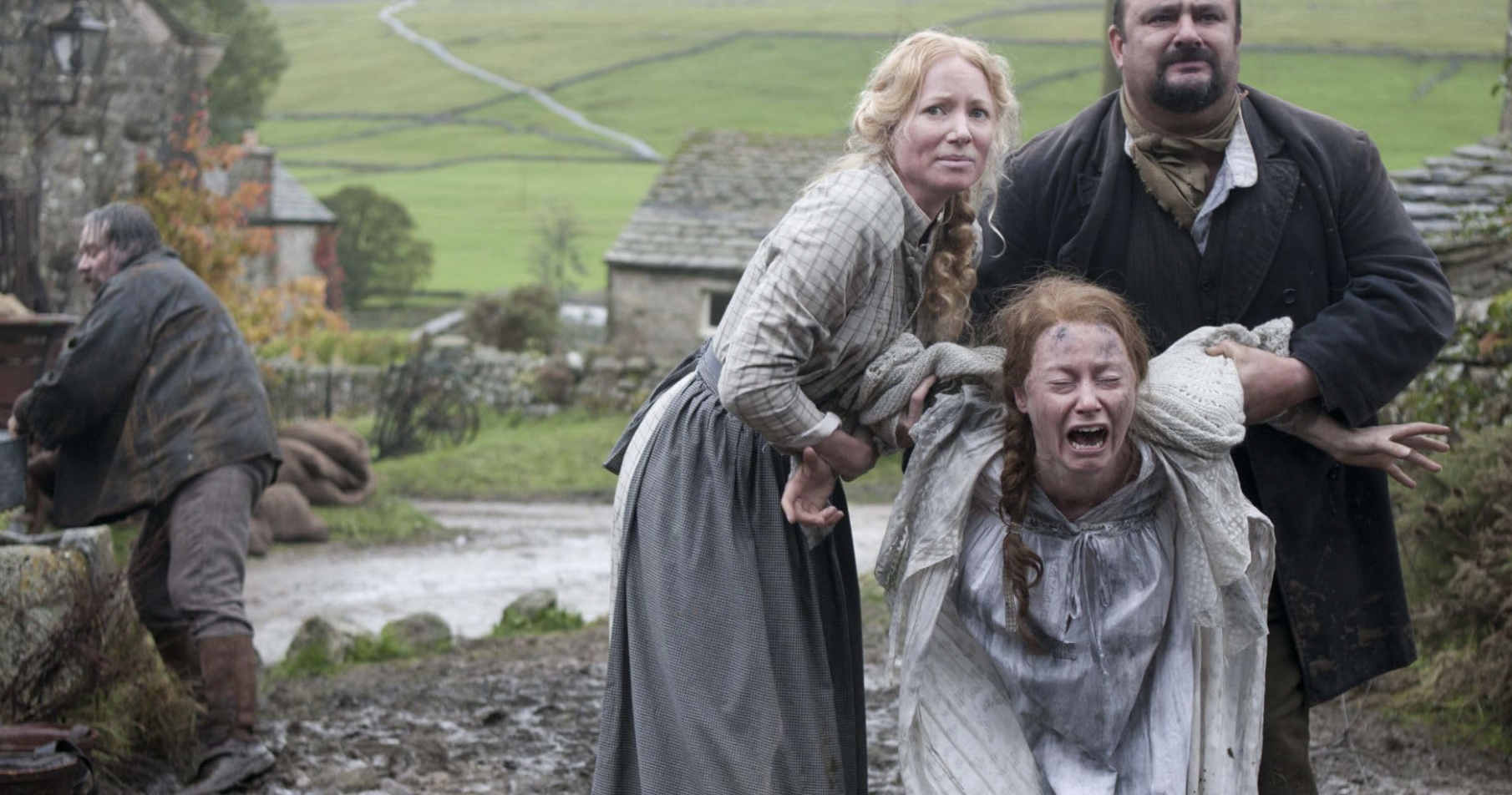
Watkins creates palpable horror within the eerie walls of Eel Marsh House, playing with shadows and allowing his titular villain to hide in plain sight. Also terrifying is the image of Nathaniel rising from the mud followed by loud banging on the front door as this tiny corpse demands to be let in. Regardless of how frightening these hauntings may be, violence in the town is even worse. The film opens with an example of Jennet’s power as three young sisters abandon their tea party and stoically jump through an attic window. Arthur witnesses other deaths himself. The daughter of a local businessman douses herself in kerosene and smashes a lantern at her feet, her tiny body consumed in flames.
Though the children of Crythin Gifford pay the ultimate price, Jennet’s intended victims are their grieving parents. While under her spell, the doomed kids seem to fall into a dream-like stupor and obey her commands with no concern for their own safety. They also don’t seem to feel the pain of death, ending their lives in a peaceful trance. On the train into town, Arthur befriends wealthy landowner Sam Daily (Ciarán Hinds) who lost his own son to the Woman decades ago. This generous man chooses to believe his son died in a tragic accident and has ascended to heaven rather than fear he is held captive in the afterlife by a malevolent force. But appearances would suggest otherwise. Throughout the film, both Arthur and Sam witness the hordes of ghostly children taken by Jennet, unable to escape her dreary life after death.
The Woman in Black targets these parents for enjoying the life that was stolen from her. She could have been a happy and competent mother but for the perceived sin of premarital sex. Arthur finds papers excoriating Jennet for her shameful conduct, punishing her for simply wanting to raise her own son. This shocking indictment contrasts with the film’s heroic narrator. Arthur himself is raising a child on his own four years after the death of his wife. Watkins opens the film with angelic hands exchanging wedding rings, a subtle nod to the status Jennet has been denied. We don’t ever find out who Nathaniel’s father is or why he’s not around, but we know that his absence has turned Jennet into a monster. Why should they get to raise their children when she cannot? And why should anyone’s child get to live when hers is dead?
Her Weapon
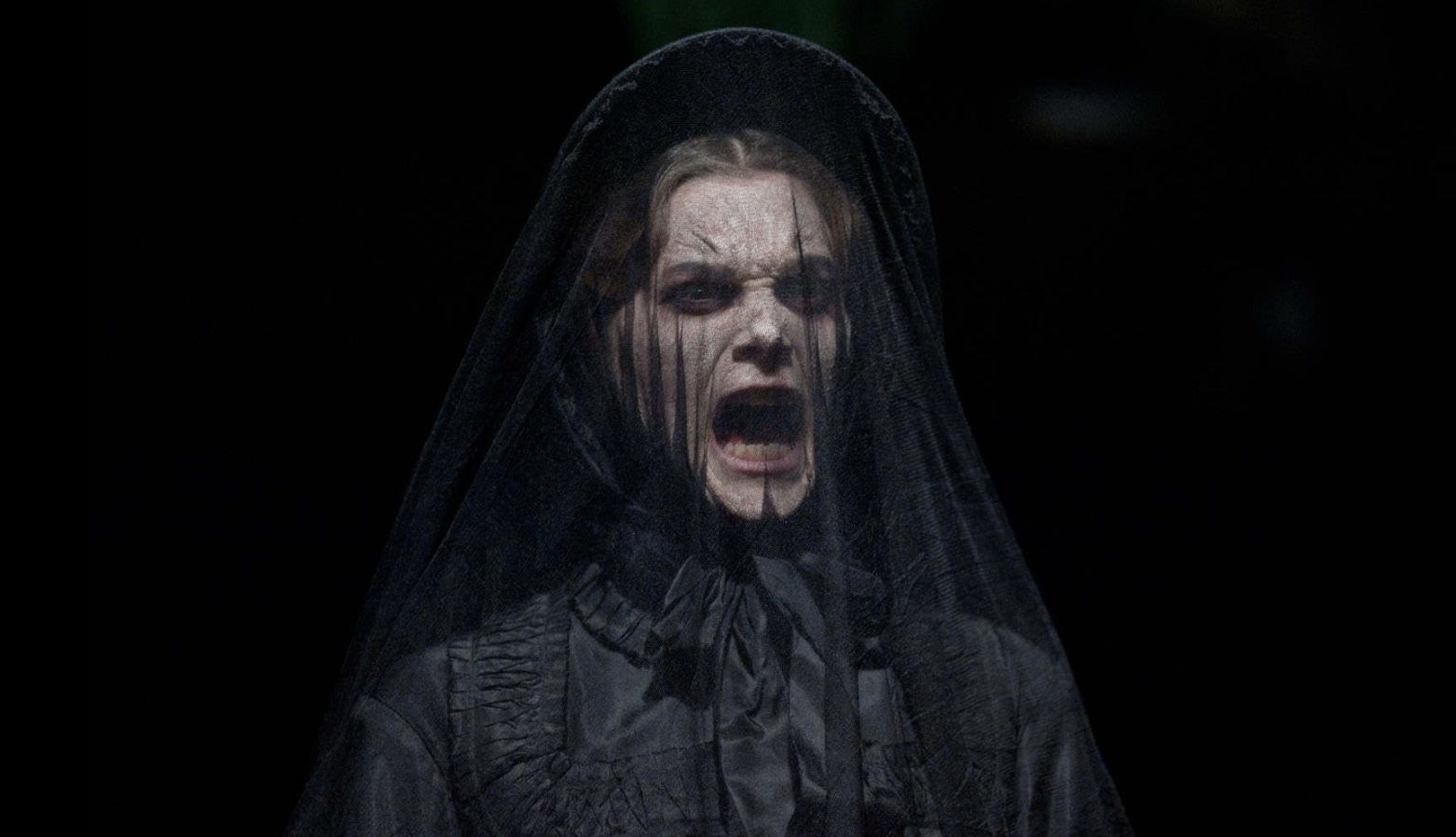
Jennet’s greatest weapon is the terror of her existence. Not only does her face spark death and destruction, but her spirit confronts the living with justified rage. Though she never explicitly harms a child, she is present at each death, silently guiding them to an excruciating end. But Jennet began using her presence as a weapon long before haunting the grounds of Eel Marsh House.
By simply remaining in her family home as a single and pregnant woman, she confronts the patriarchal hierarchy designed to keep women from accessing power. By refusing to give up her son and fade into the background, she uses her visibility to challenge a system of gender-based control. If she can live happily as an unwed mother, does any woman in the village truly need a husband? Her existence would destabilize centuries of repressive norms and lead to a rebellion the men in town are not ready to face.
Rather than accept this deviation, the parents of Crythin Gifford unwittingly sacrifice their own children on the altar of conformity. While we never see the townspeople interact with Jennet before her death, it’s a fair assumption that their response would be in line with the scorn she receives from Alice. This tiny and traditional village may cherish its women, but they are nonetheless subservient. Wives exist to help their husbands and only the men have any real agency. By refusing to submit to her assigned station, Jennet would likely be just as horrifying in life as in death. This is not to say that the parents of Crythin Gifford deserve to have their children ripped away, but they are contributing to a culture that punishes women like Jennet for the audacity of independence and it’s only right that they should shoulder some of her pain.
The Woman in Black also exists as a grim reminder of the fragility of life. Though she causes these deaths, each child perishes under circumstances that mirror accidents. Every parent knows the terror of raising a child in an unpredictable world and lives with the knowledge that each day could bring disaster. Always appearing in her mourning clothes, Jennet has become a horrifying depiction of motherly grief and forces the town’s parents to confront their children’s mortality.
She is also a reminder to women of what happens when they step out of line. We never meet Nathaniel’s father, but it’s his irresponsible ejaculation that has ruined Jennet’s life. These women live at the whims of their men and the society they depend on for protection could easily cast them out in the blink of an eye. Jennet reminds them that one misstep may cause them to be rejected as well—their whole lives ruined because of choice reframed as sin.
Her Legacy
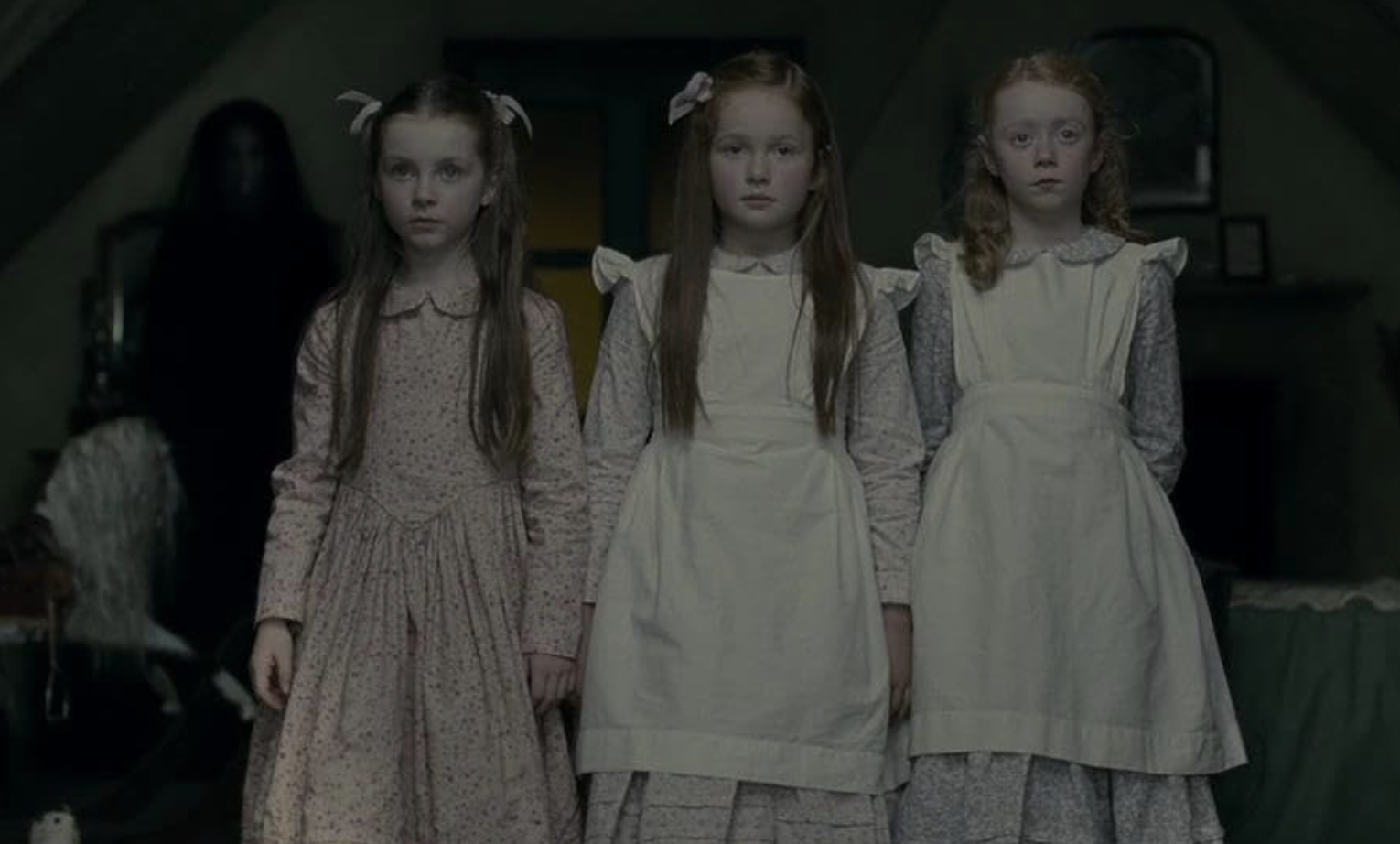
Hoping to end this devastating curse, Arthur devises a plan to reunite Jennet with her son. Using traction from Sam’s automobile, he pulls the carriage out of the mud and recovers Nathaniel’s tiny body. He then opens Jennet’s grave and places him on top of her decaying corpse. He returns to the house thinking his job is done, but we hear Jennet whispering through the abandoned halls that she will never forgive. And why should she? The image of a tiny corpse lying on top of a skeleton merely serves to remind us how badly she’s been cheated. All Jennet wanted was to raise her child in peace. But she was robbed of her sanity, her child, and her identity as a mother because of gender-based norms that rigidly define the experience of life.
Though he honestly tries to help, Arthur finds that his efforts are too little too late. When Joseph arrives at the train station, the Woman appears and lures him onto the tracks. Arthur scrambles to save his son and both are crushed by the approaching locomotive. Watkins tries to frame this as a nuclear family reunited in death, but even this positions Jennet as a villain. Moments after the train has passed, Joseph looks over his father’s shoulder and asks about the identity of an approaching woman. Dressed all in white, she is Joseph’s mother finally meeting her son after four years of death.
Stella Kipps (Sophie Stuckey) gets the happy ending Jennet does not simply because of a ring on her finger. Even in death, her status as wife entitles her to virtue while Jennet must make due with perpetual rage. She exists as a reminder of the horrors awaiting women when they step away from the protection of a man.
Though she is the film’s ostensible monster, the Woman in Black is also the story’s greatest victim. Once an idealistic young mother, Jennet merely wanted to raise her son in peace, but she was denied this freedom by a judgmental world. Yes, Jennet murders children, but Watkins asks us to decide if another crime might be even worse. By vilifying and torturing an independent woman, the parents of Crythin Gifford maintain a world that is not safe for girls. Jennet finds a way to subvert their control by becoming the monster they believe her to be and she will not let them forget what they have done. She wears her pain with pride and thrusts her monstrosity in the faces of her former neighbors. By rejecting an unmarried woman and ruining her life, they have paid for an oppressive social structure with their children’s lives.
Categorized:Editorials Fatal Femmes

